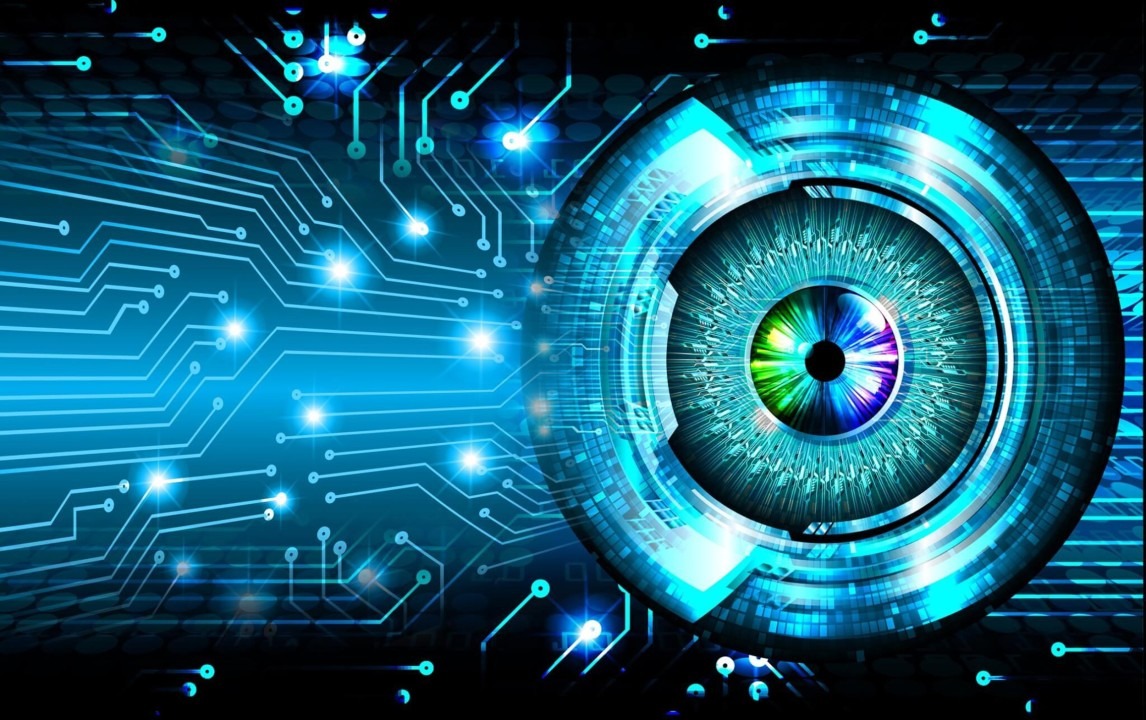In the era of digital transformation, the role of Optical Character Recognition (OCR) technology has expanded beyond its traditional boundaries. Once primarily known for converting printed or handwritten text into machine-readable data, OCR has evolved into a powerful tool for image and video analysis. This article explores the advanced applications of OCR in the realm of image and video analysis, delving into its significance, capabilities, and how it revolutionizes the interpretation of visual content.
Understanding Advanced OCR in Image and Video Analysis
What is Advanced OCR? Advanced OCR goes beyond simple text extraction and involves the recognition and interpretation of complex visual elements within images and videos. It encompasses the identification of objects, faces, logos, and even the contextual understanding of scenes and actions.
Why Advanced OCR Matters? Visual content constitutes a significant portion of data in the digital world. Being able to analyze and extract meaningful information from images and videos has broad implications across various industries, from healthcare and retail to security and entertainment.
Advanced OCR Capabilities
1. Object Detection and Recognition Advanced OCR can identify and label objects within images and videos. This capability is invaluable in scenarios like autonomous vehicles, where the system needs to recognize road signs, pedestrians, and other vehicles.
2. Facial Recognition Facial recognition is a prominent application of advanced OCR. It enables systems to identify and verify individuals, enhancing security measures and enabling features like unlocking smartphones using facial recognition.
3. Scene Understanding Advanced OCR can analyze the content of an image or video to understand the context and scene. For instance, it can identify that a photo contains a beach scene with people playing volleyball and palm trees in the background.
4. Logo and Brand Detection In marketing and advertising, advanced OCR can identify logos and brands within visual content. This helps companies track their brand presence and measure the impact of their marketing efforts.
5. Text Extraction from Complex Backgrounds While traditional OCR struggles with text extraction from complex backgrounds, advanced OCR can handle this with greater accuracy. This is particularly valuable in scenarios like extracting information from street signs or posters.
Applications of Advanced OCR
1. Healthcare In the medical field, advanced OCR is used to analyze medical images, identify diseases, and assist in the interpretation of radiological scans. It aids in automating the diagnosis process, leading to faster and more accurate results.
2. Retail and E-commerce Retailers use advanced OCR for inventory management, price verification, and even cashierless checkout systems. It can recognize products, their barcodes, and even assess shelf stocking levels.
3. Surveillance and Security Advanced OCR plays a pivotal role in video surveillance. It can identify suspicious behavior, track individuals of interest, and recognize license plates for security and law enforcement purposes.
4. Entertainment and Content Moderation In the entertainment industry, advanced OCR helps with content moderation on platforms like social media and video-sharing websites. It can identify and filter out inappropriate or copyrighted content.
5. Autonomous Vehicles For self-driving cars and autonomous vehicles, advanced OCR is critical for recognizing road signs, pedestrians, and other vehicles. It aids in making real-time driving decisions.
Challenges and Considerations
While advanced OCR offers numerous benefits, it also faces several challenges:
1. Data Privacy and Ethics The use of facial recognition and image analysis has raised concerns about privacy and ethical considerations. Striking a balance between innovation and protecting individual rights is an ongoing challenge.
2. Accuracy and Performance The accuracy of advanced OCR systems is crucial, especially in safety-critical applications like autonomous vehicles. Systems must be highly reliable and perform efficiently.
3. Diverse Scenarios Different applications require OCR systems to adapt to diverse scenarios, from varying lighting conditions to different languages and scripts. Training and fine-tuning models for these scenarios can be complex.
The Future of Advanced OCR
As technology continues to advance, the capabilities of advanced OCR will also evolve. Integration with artificial intelligence (AI) and machine learning (ML) will enable OCR systems to learn and improve from vast datasets, further enhancing accuracy and versatility. The potential applications in fields like healthcare, autonomous systems, and content analysis are boundless.
Conclusion
Advanced OCR has emerged as a game-changer in image and video analysis. Its ability to recognize and interpret visual content has transformed industries and opened up new possibilities for innovation. As the technology continues to mature and address challenges related to accuracy and privacy, we can expect it to play an even more significant role in reshaping how we understand and leverage visual data. From healthcare and retail to security and entertainment, advanced OCR is at the forefront of digital transformation, driving progress and innovation in the modern world.

